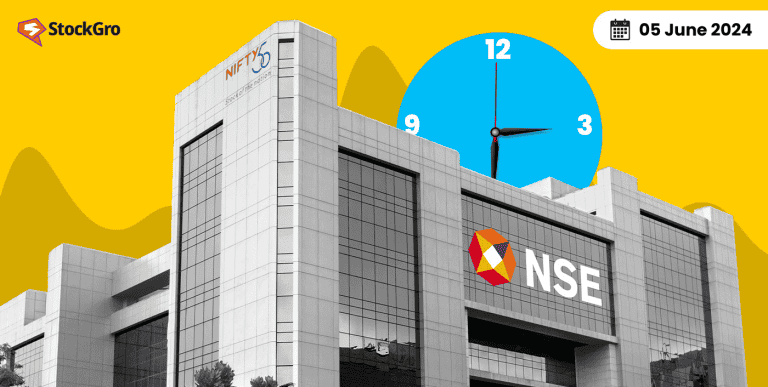
India’s booming streaming market includes more than 50 over-the-top (OTT) video entertainment platforms. From documentaries and reality shows to films and web series, these platforms provide a vast array of entertainment. More consumers are using over-the-top platforms for their entertainment demands as a result of rising internet usage and more accessible data plans.
In this blog, we will discuss how OTT platforms are leveraging foreign markets for returns from big-budget titles. We’ll explore the current landscape of the Indian OTT market and the challenges it faces. By examining these aspects, we aim to provide a clear understanding of the strategies and outcomes involved in this growing industry.
The market share of OTT platforms in India
India’s OTT market is growing rapidly, driven by factors like affordable data plans and increasing internet penetration. More consumers are using OTT platforms as a result to get their entertainment requirements met. This shift has significantly impacted the market share of OTT platforms in India.
Industry analysis projects that by the end of 2024, India’s OTT video market will generate $4.06 billion in sales. The diverse content offered by these platforms, including movies, web series, and documentaries, caters to a wide audience, further boosting their market share.
However, growth comes with challenges.
You may also like: From print to digital: The story of India’s media and entertainment sector
Challenges of OTT marketing platforms
- The Indian market is highly price-sensitive, and subscription revenue growth has been affected by free content offerings, such as Jio Cinema’s free streaming of the Indian Premier League.
Due to this disruption, other platforms—like Disney Plus—are also providing mobile consumers with free access to premium content, such as the World Cup of cricket causing India’s paid subscription market to become saturated.
- The rate of increase in new users has considerably slowed down. A report by Ormax highlighted that the audience for OTT platforms in India grew by 13.5% in 2023, reaching 481.1 million. Although noteworthy, this gain is less than the 20% increase observed in 2022.
- The profitability of these platforms remains a concern as most big OTT platforms are incurring significant losses due to high content costs. The cost of content, which includes production and acquisition, is approximately 65-70% of the OTT platforms’ cost base. This has led to calls for rationalisation, with platforms becoming more selective in their approach to new shows and digital rights purchases.
The market volume is expected to rise in spite of these obstacles. The market is projected to increase at a compound annual growth rate (CAGR) of 7.43% from 2024 to 2029, reaching $5.81 billion by that time. This demonstrates the enormous potential and prospects present in the OTT market in India.
Mixed results in OTT platform marketing
Foreign streaming platforms have invested heavily in big-budget shows in India. Titles like Heeramandi: The Diamond Bazaar, The Archies, Jubilee, and Indian Police Force saw production and marketing costs ranging from ₹150-200 crore. However, despite these significant investments, the results have been mixed.
For example, Heeramandi garnered 6.6 million views in its first week, while The Archies achieved 3.8 million. Indian Police Force and Jubilee attracted 6.9 million and 5.5 million views, respectively. The Ormax Power Rating (OPR), which measures viewer satisfaction on a 0-100 scale, did not list Jubilee in the top 17 web shows of 2023 or The Archies in the movie rankings.
Netflix and Prime Video have not commented on the performance or returns from these high-profile titles. Industry insiders suggest that the content of some shows, particularly Jubilee and The Archies, did not engage viewers as expected. Despite their scale, cast, and backing by major Bollywood production houses, the results fell short of expectations.
Also read: Breaking the records: Netflix’s subscriber list has hit a new high!
Global market role in OTT platform market share
What is the target market of OTT platforms? Many shows are designed with a global audience in mind. The saturation in the market makes it difficult for platforms to recover their investments solely from the domestic market.
Hence, platforms aim to spread costs across multiple markets, hoping to leverage the broad appeal and commercial nature of the content. This strategy seeks to maximise revenue beyond India.
OTT platforms have seen notable audience growth in foreign markets. This trend is driven by key Indian titles gaining traction worldwide. For example, Heeramandi: The Diamond Bazaar became the most-viewed Indian series on Netflix during its first week, trending in 43 countries. Such global visibility showcases the expanding reach of Indian content.
Viewership patterns indicate that initial interest in big-budget titles can be high. The Archies trended in the Top 10 Films in India for three weeks and made it to Netflix’s Global Top 10 Films (non-English) list for two weeks. This suggests that while Indian content attracts viewers initially, sustained engagement remains a challenge.
Foreign markets contribute significantly to the profitability of OTT platforms. Shows with key Indian talent are often designed to appeal internationally, leveraging higher average revenue per user (ARPU) abroad. For instance, big titles are commissioned with the expectation of performing well globally, not just in India.
However, platforms face difficulty justifying large investments solely based on viewership in India. Industry experts agree that flagship shows alone cannot drive subscription growth. Continuous content delivery is necessary to maintain user engagement, highlighting the need for a balanced content strategy.
You may also like: Meet Rashmika Mandanna – the country’s legitimate pan-Indian actress
Bottomline
The OTT platform market share in India is growing rapidly, driven by affordable data plans and diverse content offerings. However, challenges such as market saturation, high content costs, and mixed audience engagement remain.
Leveraging global markets is essential for maximising returns from big-budget titles. Strategic planning and continuous content delivery are crucial for sustaining growth and profitability in the Indian OTT landscape. Balancing domestic appeal with international reach will be key to the future success of these platforms.

